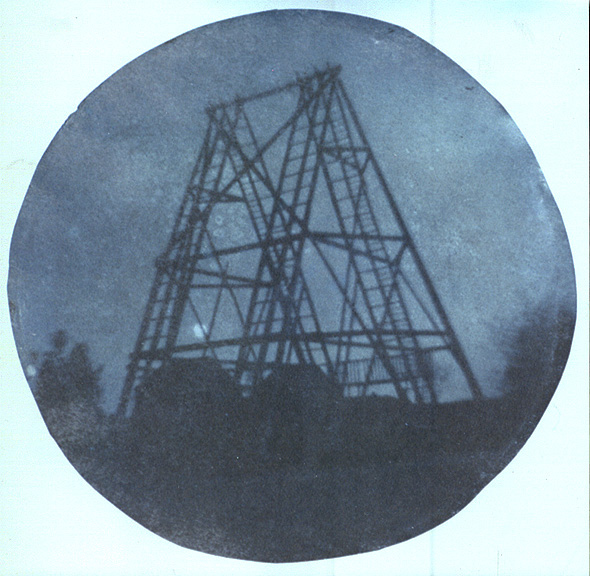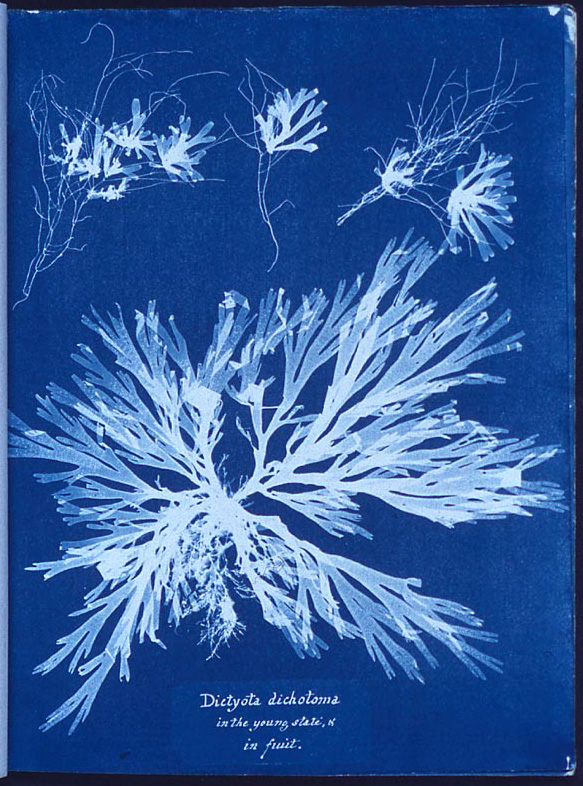
February 16, 2024, by Brigitte Nerlich
John Herschel: A snapshot of his adventures in photography
Sitting at home on a miserable day last week, I was reading a tweet, then a blog post by Stephen Case who wrote a book with my sort of title: Making Stars Physical: The Astronomy of Sir John Herschel. That post cheered me up, as I learned something new.
I went to the kitchen to fetch a coffee and asked my husband: “Do you know that John Herschel invented the word snapshot?” He said he did not and added: “I see a blog post coming”. I said, but everybody interested in the history of science probably knows that (apart from me, obviously). But he argued that there might be more people like me out there. So, this is for all those people.
In his blog post, Case announced the publication of The Cambridge Companion to John Herschel edited by Stephen Case and Lukas M. Verburgt, which is coming out on 30 April.
John Herschel was an astronomer, just like his father, William Herschel, and like his aunt, Caroline Herschel; but he was much more than that. Case points out that amongst many other things, “Herschel pursued chemical and optical research, in particular investigating the new art of photography and developing several methods of fixing photographic images, including discovering the chemical fixer that became the basis for developing film. He also created the cyanotype, the method of developing that formed the basis and characteristic hue of architectural blueprints.“
That remark sent me on a little voyage of discovery. (And if you want to continue on that voyage, read chapter 7 in the Companion on “Photology, photography, and actino-chemistry: the photographic work of John Herschel” by Kelley Wilder, which, of course, I haven’t read yet)
In the following, I knit together lots of little bits of information I found on the internet. On the way, we also encounter two remarkable women, Anne Atkins and Julia Margaret Cameron; plus, very fleetingly, Herschel’s wife, Margaret, a botanical artist.
1839 and all that
The early 19th century saw the beginnings of photography and people might know names like François Arago, Nicéphore Niépce, Louis Daguerre, Henry Fox Talbot or even Humphrey Davy, who all contributed to it, as well as, it seems, Herschel. They all make their appearance in this convenient Wikipedia article on the ‘History of Photography’. Amongst all the names and dates, 1839 seems to be one of the most important ones.
Around that time, Louis Daguerre had discovered that images could be captured by focusing light on silver halides [chemical compound] and on “August 2, 1839 Daguerre demonstrated the details of the process to the Chamber of Peers in Paris. On August 19 the technical details were [made] public in a meeting of the Academy of Sciences and the Academy of Fine Arts in the Palace of Institute.”
Also in 1839, “François Arago reported the invention of photography to stunned listeners by displaying the first photo taken in Egypt; that of Ras El Tin Palace.” And, as you will see, there is even more to 1839 than that!
Herschel and photographs
As pointed out in an entry on Herschel for the International Photography Hall of Fame: “In a letter to his wife on January 22, 1839, a friend briefly commented on […] Daguerre’s experiments with the action of light. With a renewed interest, amazingly, Herschel was able to make photographs within a few days of reading the letter. As quickly as February 1, William Henry Fox Talbot visited Herschel. Based on his research in 1819, Herschel solved the problem of fixing that plagued early photographic experimenters.”
“Herschel discovered that the images could be made permanent and completely resistant to further reaction with light by reacting the silver halides with sodium thiosulfate (hyposulphite of soda). ‘Hypo’ solutions became the means by which photographs were made permanent.”
“That same year [1839] and the following years of 1840 and 1842, Herschel published papers on photography. One of his most important papers, ‘On the Art of Photography; or the Application of the Chemical Rays of Light to the Purpose of Pictorial Presentation’, was read to the Royal Society on March 14, 1839. In this paper Herschel put to use the word ‘photography’, ‘emulsion’, ‘positive’ and ‘negative’.”
In an interesting post on “Herschel’s words”, we learn that as “early as February 1839 he was using ‘photograph’ as a noun and a verb, as well as the adjective ‘photographic’; ‘photographer’ and ‘photography’ naturally and rapidly follow.”
Herschel did not only create words; he also created photographs. He “successfully experimented with photographs on glass as early as September 9, 1839. On this date he photographed his father’s 40-foot telescope and it is the earliest remaining photograph on glass to date.”
“The image was of the 40ft telescope built by John’s father William, something of a tourist attraction due to its size. By the time this photograph was taken only the telescope support frame remained, with the tube already removed – the structure had begun to rot after years of disuse and John set about dismantling the telescope for the safety of his small children.”
By the way, “the glass-plate method (with a few modifications along the way) was ideal for photographing the skies. So successful in fact, that astronomers continued to use it into the 1990s”.
Herschel and cyanotypes
In an article for Kew Gardens, we read that “in 1842, [Herschel] used paper coated with a solution of iron salts, sun exposure and a water wash to create the very first cyanotype – a white image on a deep blue background. This method proved to be easier, cheaper, and more durable than the previous silver-based method.”
A year later, in 1843, “Anna Atkins produced what is known as the first photographic illustrated book, Photographs of British Algae: Cyanotype Impressions […]. Atkins was a talented illustrator but wanted to find a more accurate way to depict the structure of a plant. Her passion for botany along with the discovery of cyanotypes meant that over the span of 10 years she was able to create 3 volumes of work, representing a key step in the history of scientific illustration.” If you want to know a bit more about Atkins, have a look here.
The cyanotype was also “the low cost photographic printing process that allowed engineers and architects to produce blueprints of their designs.” Thus, blueprints!
And finally, we come to the word that surprised me the most when reading Stephen Case’s blog post.
Herschel and snapshots
According to the Oxford English Dictionary, the word ‘snapshot’ was used in the early 1800s by hunters to mean a “quick or hurried shot taken without deliberate aim, esp. one at a rising bird or quickly moving animal.”
Going beyond the OED, Larry J Schaaf points out that it was “Herschel (himself quite a bird shooter in his youth) who first applied the term to photography, musing in 1860 about the possibility of “taking a photograph, as it were, by a snap-shot – of securing a picture in a tenth of a second of time….”. That was in his article entitled “Instantaneous Photography”, published in The Photographic News, v. 4 no. 88, 11 May 1860, p. 13. (Schaaf wrote a book ientitled Out of the Shadows – Herschel, Talbot and the Invention of Photography)
“Snapshots became common after the introduction of point-and-shoot cameras, such as Kodak’s, in 1888.”
A photo of Herschel
The photo I have used for this blog post is one of John Herschel. As an article for the Financial Times, entitled “Snapshot: ‘Sir John Herschel (1867)'”, points out: “This image of Sir John Herschel […] was taken in April 1867 by Julia Margaret Cameron (1815-1879) for a series of portraits she took of men ‘great thru’ genius’. Other subjects included the poet laureate Alfred, Lord Tennyson, the philosopher Thomas Carlyle and the artist G F Watts.” Not to forget Darwin and quite a few women.
Julia Margaret Cameron was one of the most innovative photographers of the 19th century. As the Metropolitan Museum points out:
“No commercial portrait photographer of the period would have portrayed Herschel as Cameron did here, devoid of classical columns, weighty tomes, scientific attributes, and academic poses—the standard vehicles for conveying the high stature and classical learning that one’s sitter possessed (or pretended to possess). To Cameron, Herschel was more than a renowned scientist; he was ‘as a Teacher and High Priest,’ an ‘illustrious and revered as well as beloved friend’ whom she had known for thirty years. Naturally, her image of him would not be a stiff, formal effigy. Instead, she had him wash and tousle his hair to catch the light, draped him in black, brought her camera close to his face, and photographed him emerging from the darkness like a vision of an Old Testament prophet.”
A nice article in The Guardian noted: “This is a picture of the scientist as artist, highly pertinent to Cameron’s attitude to photography. She rejected the idea that the camera was a mere recording instrument, capable of documenting facts but not making art.”
Images: All Public Domain
No comments yet, fill out a comment to be the first



Leave a Reply